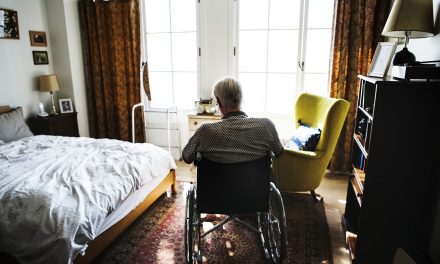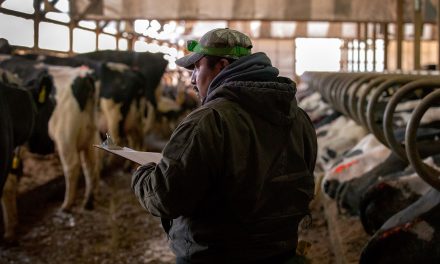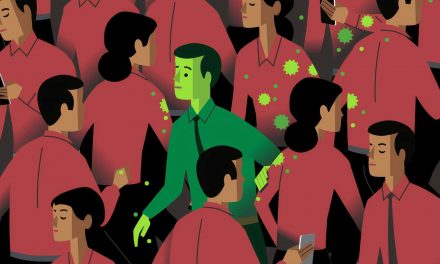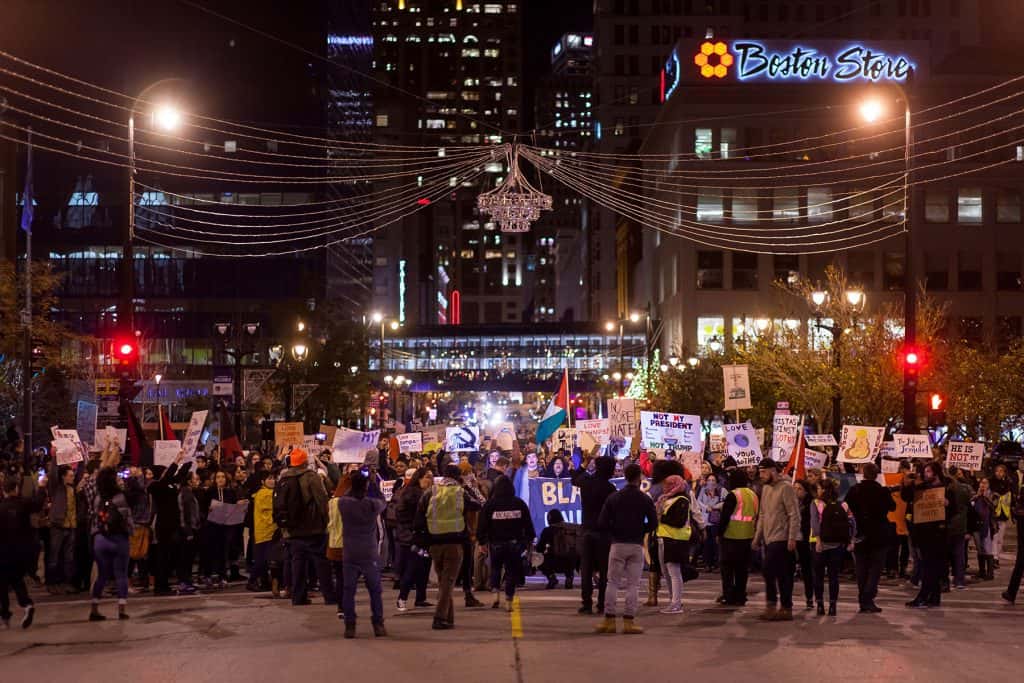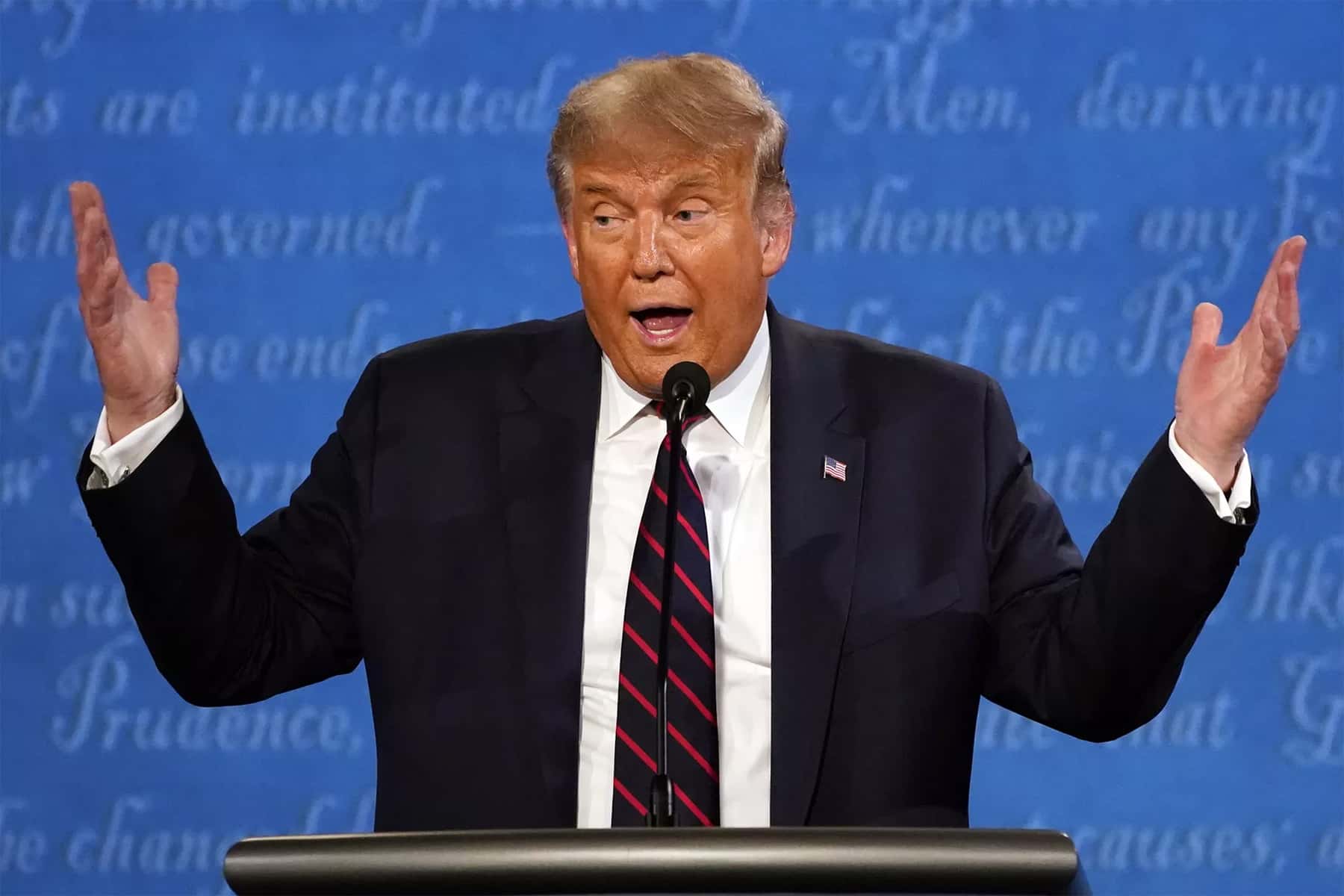
With deaths related to COVID-19 spiking in Wisconsin, infection rates pushing double-digits, and hospitals alarmed over capacity issues, Donald Trump still planned to travel to the vital swing state on October 3 for two political rallies during a pandemic, until White House doctors determined that he had tested positive for the coronavirus.
President Donald Trump announced on October 2 that he and first lady Melania Trump have tested positive for the coronavirus and were quarantining, a stunning revelation that plunges the country deeper into uncertainty just a month before the presidential election.
Trump, who has spent much of the year downplaying the threat of a virus that has killed more than 205,000 Americans, has repeatedly claimed that “it will disappear,” telling the journalist Bob Woodward he was downplaying it deliberately, failing to develop a national testing strategy, refusing to wear a face mask for months, floating the idea of injecting patients with bleach, insisting to one of his many crowded campaign rallies that “it affects virtually nobody” and, mocking his rival Joe Biden: “I don’t wear masks like him. Every time you see him, he’s got a mask. He could be speaking 200 feet away from me, and he shows up with the biggest mask I’ve ever seen.”
The diagnosis is expected to have a destabilizing effect in Washington, raising questions about how far the virus had spread through the highest levels of the U.S. government. Hours before Trump announced he had contracted the virus, the White House said a top aide who had traveled with him during the week had tested positive.
“Tonight, @FLOTUS and I tested positive for COVID-19. We will begin our quarantine and recovery process immediately,” Trump tweeted just before 1 a.m. “We will get through this TOGETHER!”
Trump was last seen by reporters returning to the White House on October 1 and did not appear visibly ill. Trump is 74 years old, putting him at higher risk of serious complications from a virus that has infected more than 7 million people nationwide. The president’s physician said in a memo that Trump and the first lady, who is 50, “are both well at this time” and “plan to remain at home within the White House during their convalescence.”
The diagnosis marks a devastating blow for a president who has been trying desperately to convince the American public that the worst of the pandemic is behind them. In the best of cases, if he develops no symptoms, which can include fever, cough and breathing trouble, it will force him off the campaign trail just weeks before the election.
Trump’s handling of the pandemic has already been a major flashpoint in his race against Democrat Joe Biden, who spent much of the summer off the campaign trail and at his home in Delaware because of the virus. Biden has since resumed a more active campaign schedule, but with small, socially distanced crowds and he regularly wears a mask when in public.
Trump’s announcement came hours after he confirmed that Hope Hicks, one of his most trusted and longest-serving aides, had been diagnosed with the virus on October 1. Hicks had accompanied the president to the first presidential debate in Cleveland on September 29, along with members of the Trump family. They did not wear masks during the debate, in violation of the venue rules.
Multiple White House staffers have previously tested positive for the virus, but Trump has consistently played down concerns about being personally vulnerable. Since the coronavirus emerged earlier this year, Trump has refused to abide by basic public health guidelines — including those issued by his own administration — such as wearing masks in public and practicing social distancing. Instead, he has continued to hold campaign rallies that draw thousands of supporters.
“I felt no vulnerability whatsoever,” he said told reporters back in May.
The news is also expected to rattle an already shaken nation still grappling with how to safely reopen the economy without driving virus transmission. The White House has access to near-unlimited resources, including a constant supply of quick-result tests, and still failed to keep the president safe, raising questions about how the rest of the country will be able to protect its workers, students and the public as businesses and schools reopen.
Questions remain about why it took so long for Trump to be tested and why he and his aides continued to come to work and travel after Hicks fell ill. The White House began instituting a daily testing regimen for the president’s senior aides after earlier positive cases close to the president. Anyone in close proximity to the president or vice president is also tested every day, including reporters.
Yet since the early days of the pandemic, experts have questioned the health and safety protocols at the White House and asked why more was not being done to protect the commander in chief. Trump continued to shake hands with visitors long after public health officials were warning against it, and he initially resisted being tested.
The Constitution’s 25th Amendment spells out the procedures under which the president can declare himself “unable to discharge the powers and duties” of the presidency. If he were to make that call, Trump would transmit a written note to the Senate president pro tempore, Republican Senator Chuck Grassley of Iowa, and House Speaker Nancy Pelosi, D-Calif. Pence would serve as acting president until Trump transmitted “a written declaration to the contrary.”
The vice president and a majority of either the Cabinet or another body established by law can also declare the president unable to discharge the powers and duties of his office, in which case Pence would “immediately assume the powers and duties of the office as Acting President” until Trump could provide a written declaration to the contrary.
Jіll Cоlvіn and Zеkе Mіllеr
Julіо Cоrtеz


